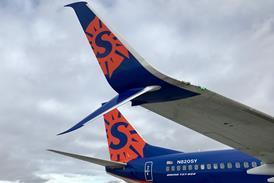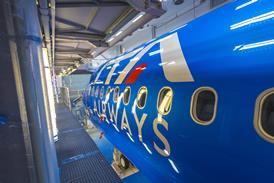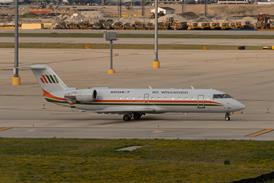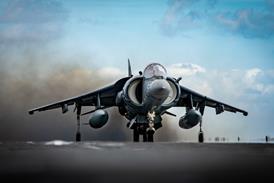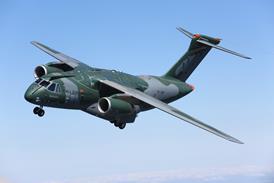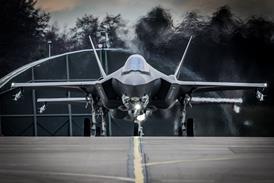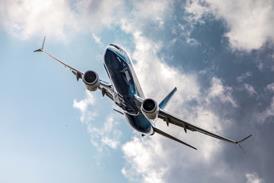Flight testing of the Schweizer Aircraft RU-38A Twin Condor will resume this month, and the twin-engined surveillance aircraft will be delivered to the US Coast Guard once flight evaluation is completed, around October/November.
The programme has been in limbo for nearly a year since one of two operational USCG single-engined RG-8A Condors, due to be modernised by Schweizer, crashed in 1996 after suffering an engine problem.
The USCG renegotiated its $5.3 million contract with Schweizer which called for delivery of three twin-boom RU-38As. The firm will now deliver two aircraft, with the second one built around a spare RG-8A wingset which had been in storage.
Schweizer, meanwhile, has finalised modifications to rectify minor design flaws discovered during earlier testing of the heavily modified prototype RU-38A, the first RG-8A returned to Schweizer.
The horizontal stabiliser has been redesigned, and improved inlet ducts have been added to the rear engine. The aircraft's Teledyne Continental GIO-550 air-cooled piston engines, mounted in a tandem configuration with the pusher engine aft of the cockpit, have been turbocharged to increase aircraft performance.
Both RU-38As will be flown during the extensive flight-testing, and company officials "-do not anticipate any further hold-ups".
Schweizer continues to offer the RG-8A, and two are under construction for unnamed customers. The Twin Condor, which the USCG will use for low-level day/night patrol missions, has a two-man cockpit. A three-seat variant (with a payload operator at the rear) is envisaged.
It is reported, meanwhile, that the assault on the Japanese Embassy in Lima, Peru, in April was aided by observations from an RG-8A operated by the US Central Intelligence Agency. Schweizer declines to confirm the reports.
Source: Flight International

